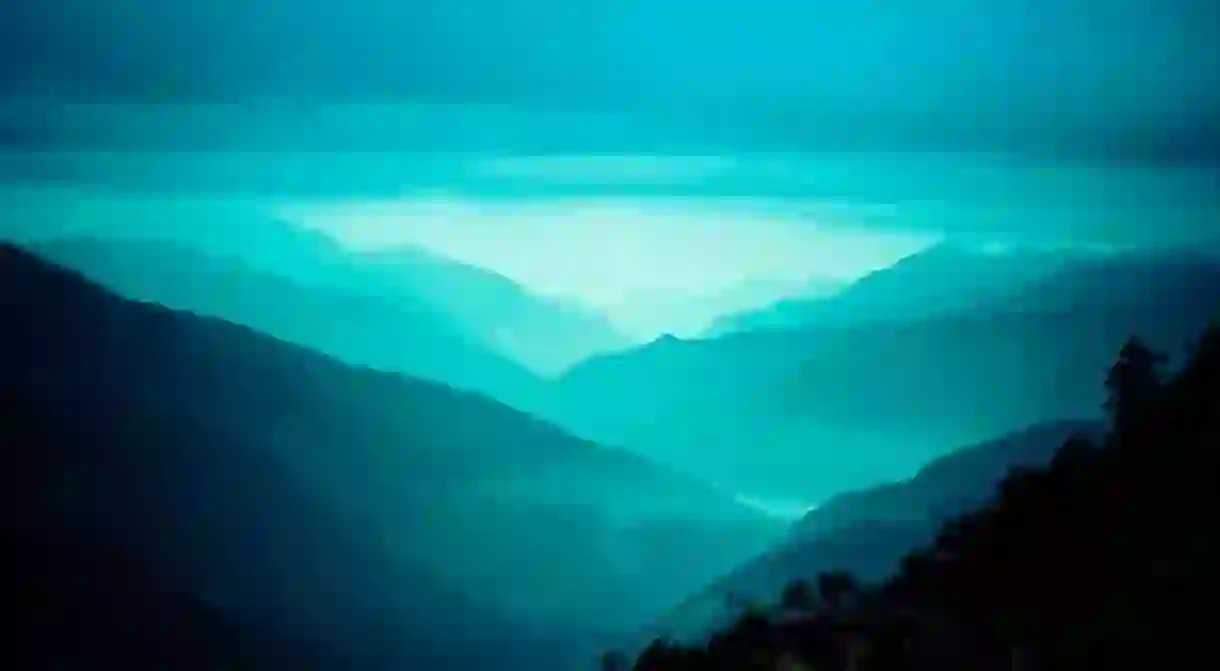A Guide to Yushan National Park

Yushan National Park is home to Taiwan’s tallest peak, Mount Jade, which as you may have guessed is also known as Yushan. A haven for hikers and climbers alike, Yushan is one of the most scenic national parks in Taiwan offering incredible vistas as far as the eye can see.
History of the Park
After the Japanese occupation of Taiwan ended, the area around Yushan was designated as a future national park, but it wasn’t until 1982 that it officially gained its status. However, it was a further four years before the first national park headquarters opened.
Since the park’s inception, climbing to the peak of Yushan has become something of a bucket list item for many Taiwanese, and so the park is incredibly popular throughout the year.

Where to go
There’s so much more to Yushan National Park than the main peak. Covering 3% of Taiwan, the possibilities in this national park are literally endless. From breathtaking mountain trails to walks through the forest, anything is possible in Yushan.
There’s a myriad of day hiking opportunities in Yushan, and it’s best to head to the nearest visitor center first where you can pick up some information on the best routes to suit your abilities. Many of the hikes will take you quite high elevations so make sure that you bring the right gear. Warm weather clothing, food, and water are essential.
If you want to spend the night in the park, then there are plenty of places to camp or stay indoors in a hut or hostel. A full list of campgrounds and cabins can be found here, but make sure to check on the status of your chosen area before making your trip. Adverse weather conditions can affect the area, and the campground you chose may not be open during your trip.
There are so many trails through this park that it would be impossible to recommend a few. And besides, by all accounts, they are all pretty spectacular. You simply need to choose a starting point that is convenient for your travel arrangements (car, train, scooter) and ask the park staff for recommendations.

Local tips
Permits for Mount Jade really can be a pain to get hold of (see below), but if your dates are flexible then it’s possible that the staff may be able to squeeze you in should someone drop out. The official word, though, is that all permits need to go through the lottery system.
The area with the highest concentration of trails is around the Tataka Recreation Area. You’ll also witness some great sunrises and sunsets from Dongpu, where there also just so happens to be a very nice hot spring to rest your weary bones.
Getting there
The first thing to do is decide where you plan to visit within the park, and then head for the nearest visitor center. There are four centers, and with the park being so big, there’s quite some distance between each one.
The centers are Shueli, Nanan, Meishan, and Tataka, and more information on each center can be found here on the official Yushan National Park Website.
Most people opt to take the train to Shueili and then a bus from the township to the area within the park that they intend to visit. It’s also possible to drive your car and park in one of the national park’s designated parking areas.
Admission fees
There are no admission fees to the park itself; however, should you wish to hike or climb in the park’s mountainous areas, you will need a permit.
Permits for many of the park’s trails are easy enough to secure, but if you want to climb to the top of Jade Mountain, then it’s a different story. With the climb being one of the most popular in the country, there’s no guarantee that you will secure a permit for your chosen time so take care to plan ahead. Don’t assume you can make the climb until you’re sure of your permits.
Permits are issued by way of lottery, and you can find the schedule for the lottery right here.













